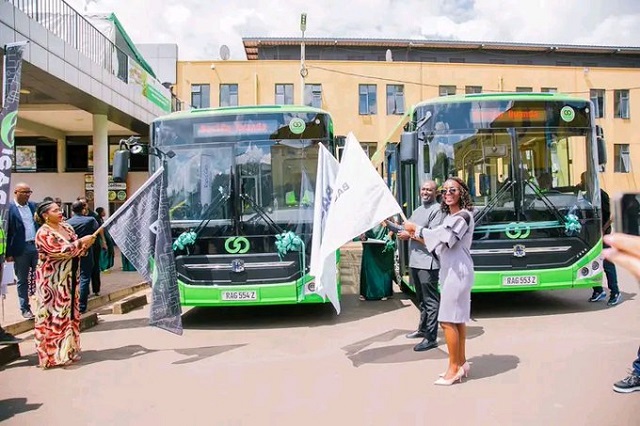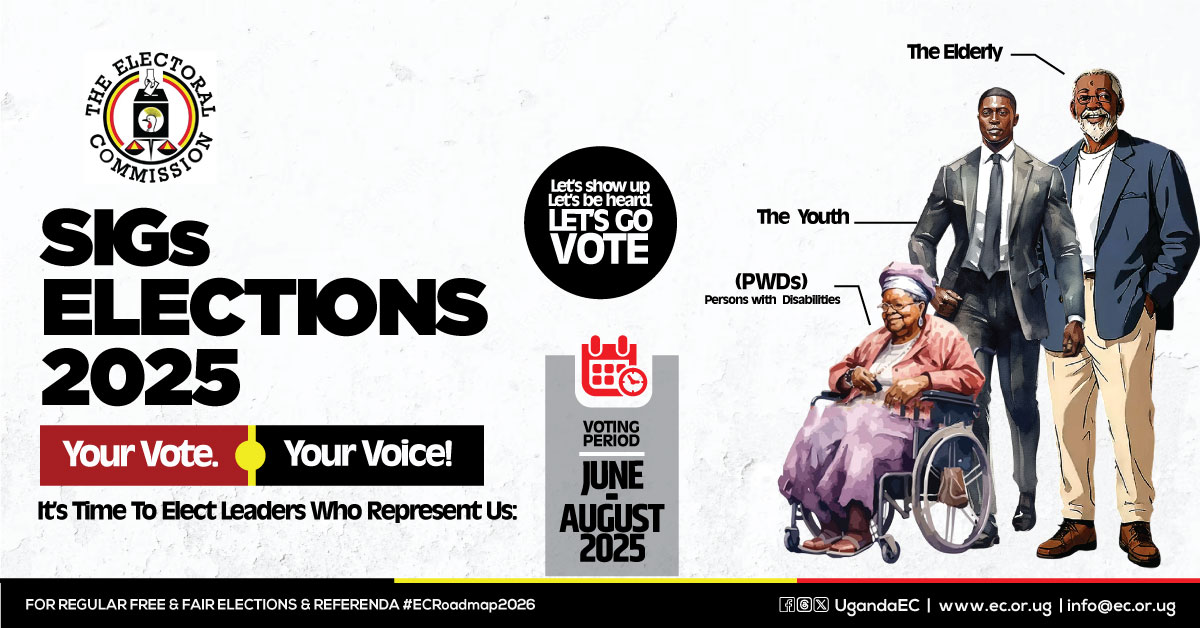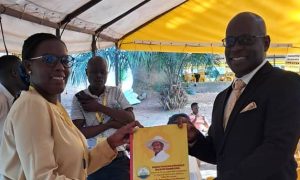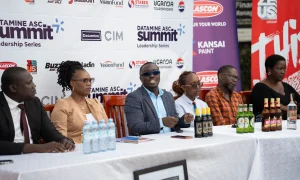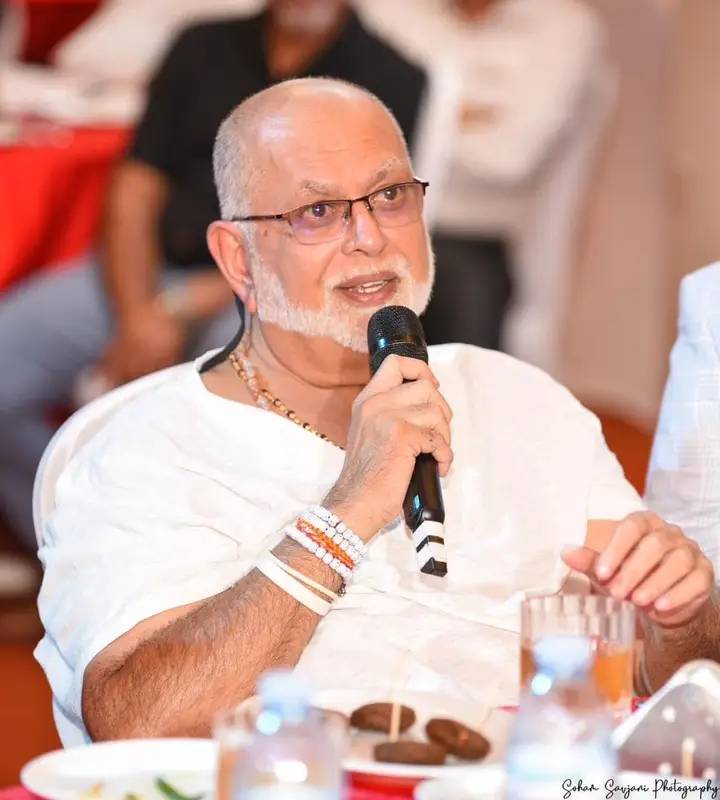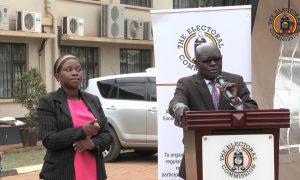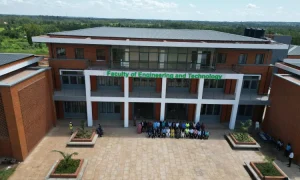Uganda’s Ministry of Science, Innovation, and Technology has set an ambitious target of going green with the country’s entire public transport system by 2030.
The national e-mobility strategy, whose implementation started last year, is a blueprint that will see the entire government fleet electrified.
This 5-year target is expected to be achieved with the increase in local production of electric vehicles, including buses, saloon cars, and motorcycles, as well as imports, which are now duty-free.
The local manufacturing of electric vehicles is being spearheaded by Kiira Motors Corporation (KMC), a government-owned company, while the ministry is also supporting at least five motorcycle companies such as Zembo, Spiro, Kara and Gogo.
While the ministry has asked and expects the government to increase funding to the e-mobility industry, it has mobilised a financing model that involves private sector players and government ministries, departments, and agencies.
Dr Cosmas Twikirize, superintendent of the industrial value chain at the Ministry of Science, says the first call that involved all players resulted in funding commitments worth $800 million towards implementing the strategy that is aimed at making Uganda “a net source of e-mobility solutions.”.
Currently, the country has an installed production capacity of 10,000 units of e-mobility solutions, including 2,500 buses at KMC, as well as three-wheel vehicles and two-wheelers (electric bicycles). Currently, there are 37 buses already assembled, some already bought, 27 (especially the electric ones) produced at the Kiira plant and the others in partnership with Luwero Industries. The company is now working to deliver the 100 pre-ordered buses. The motorcycle manufacturing companies have so far delivered and supplied more than 4,300 units.
“There is no excuse for any government MDA to import buses when we have ours. They are really good and reliable,” says Twikirize.
The local production industry is also being supported by the government through exemption from value-added tax (VAT) as well as tax exemption on imported parts as well as income tax breaks of up to 10 years for manufacturing companies. This is also expected to ensure all the vehicles and motorcycles plus their components and accessories are, in the long run, fully manufactured within the country.
Currently, vehicles being manufactured in Uganda have a local content component of between 20 and 30 per cent, with plans to increase this to 65 per cent by 2030. However, some parts will continue being outsourced because, according to Twikirize, it might not make business sense as yet. He gave the example of nuts, saying it would take a lot of money, yet the company would need just a few bolts and nuts.
“We know where we can break the ground because, for instance, we have our natural resources like lithium, copper, iron ore and graphite which we plan to invest in the production of batteries,” he said, adding that products like leather, plastics and rubber can fully be manufactured locally.
Currently, the parts produced in Uganda or are in line to start producing include parts, chassis, frames, car seats and EV batteries, as part of the roadmap to 65 per cent localization by the end of 2027.
Despite this, last year, the international vehicle industry recognised Uganda as a manufacturer of motor vehicles, with the granting of the World Manufacturer’s Identifier (WMI) by SAE (Society of Automobile Engineers) International.
The WMI grants permission to Uganda to issue a Vehicle Identification Number (VIN), a unique number for a particular vehicle which identifies the vehicle as made in Uganda. As production and importation of electric vehicles increase, the challenge at hand is the infrastructure, like charging stations.
The ministry says this is being handled, with the country now having at least 50 charging stations including seven installed by the ministry of Energy and Mineral Development. The ministry says more stations are expected to be installed especially by the private sector as demand grows, as has been the case with motorcycle battery swapping stations, now numbering over 150 countrywide.
Furthermore, KMC has plans for expansion at the 100-acre piece of land which will see it raise output capacity from the current 2,500 to 5,000 units a year.
To increase the production capacity and diversify into SUVs (Spots Utility Vehicles), Kiira has acquired two square miles of land at Kayunga for the establishment of an Automobile Industrial and Technology Park.
The feasibility study and business plan have been done for the facility that is planned to be the ‘centre of e-utility vehicles’ and is awaiting the government’s construction of the infrastructure utilities there, according to Twikirize.
On the slow uptake of the vehicles, the ministry says apart from the existing financing models, especially for the private sector, the support mechanisms for production, they are also working on how to penetrate the market.
Last year, KMC launched what they are using as a pilot for Public Smart Mobility in the metropolitan area and supported the Jinja e-Bus project. The buses are now plying the Jinja-Iganga road with four buses deployed. Twikirize says they have noted overwhelming response from the public towards this metropolitan bus transport system, and says it will be profitable.
According to Twikirize, even if a private investor took buses on credit, a break-even is possible within a short time, especially because the buses are very easy to maintain because they do not consume fuel.


